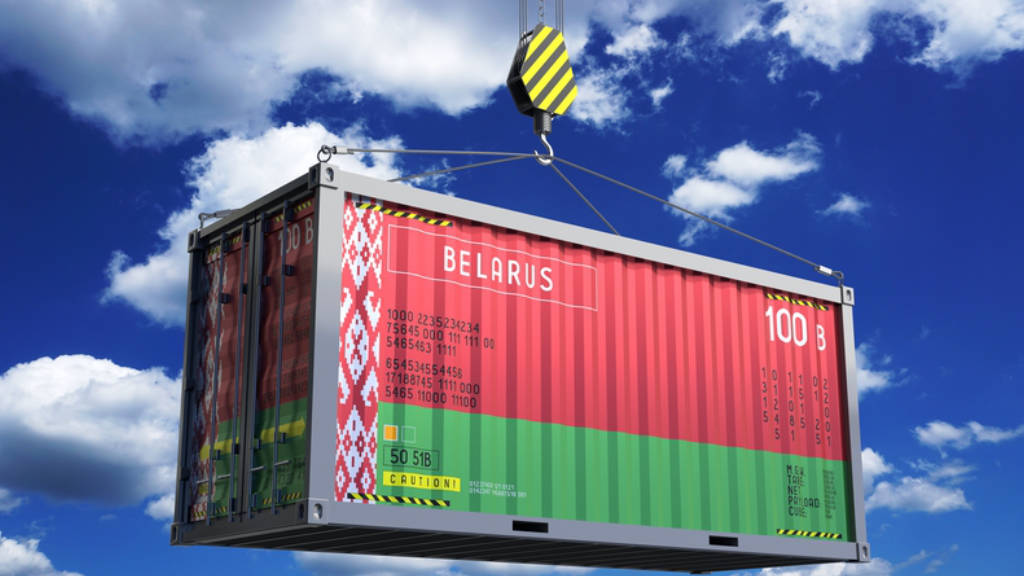A new Belarusian terminal in Murmansk will receive tax benefits and guaranteed rail transportation capacity, according to Andrei Chibis, the Murmansk regional governor. Belarus is a member of the Eurasian Economic Union allowing it free trade access to Russia, and has a new Free Trade Agreement with China. Signed in August this year, this would boost Belarus’ exports to China by at least 12% and Chinese investment into Belarus by 30% over the next five years. The Murmansk development is in response to this.
Chibis stated “Work with Belarusian colleagues is proceeding according to plan. We are considering a large project: up to 30 million tonnes of cargo turnover, a land plot has been determined, a legal entity has been created, and the necessary agreements have been signed. Accordingly, we provide land, tax benefits, and help colleagues deal with everything else, including the necessary transportation of goods by rail.”
Following negotiations between the Murmansk authorities and the Belarusian side, an agreement was signed in April 2024 on the location of a terminal for export goods from Belarus on the shore of Kola Bay. A multifunctional complex for the transshipment of mineral fertilizers, petroleum products, containers, and other cargoes will be implemented on the territory of the new Murmansk port Lavna. The estimated capacity of the port reaches 25-30 million tonnes per year, the first shipments will start arriving in 2028. To implement the project, the Arctic Gate Marine Terminal was created, and financed by Belarusian investors. The Arctic Gate Marine Terminal is the Western part of two Russian Arctic ports Belarus is constructing, with the other in the Russian Far East.
Belarus-China bilateral trade reached US$8.4 billion last year. Like Russia, Belarus has also been repositioning its supply chains to Asia in light of what Minsk deems ‘unfriendly actions’ and sanctions imposed upon it by the European Union.
Further Reading
Pakistan Joins International Transport Corridor Route from Belarus to Indian Ocean





